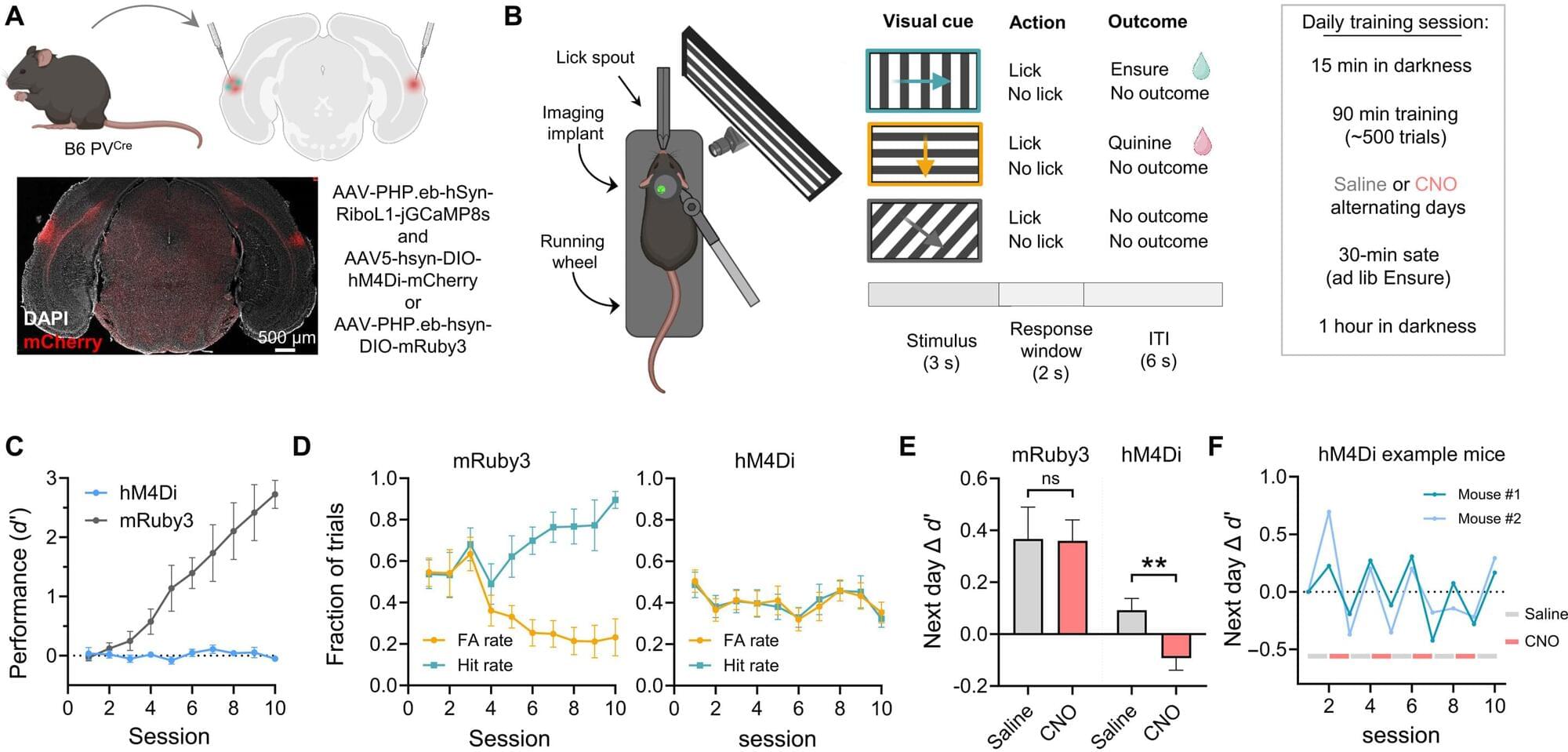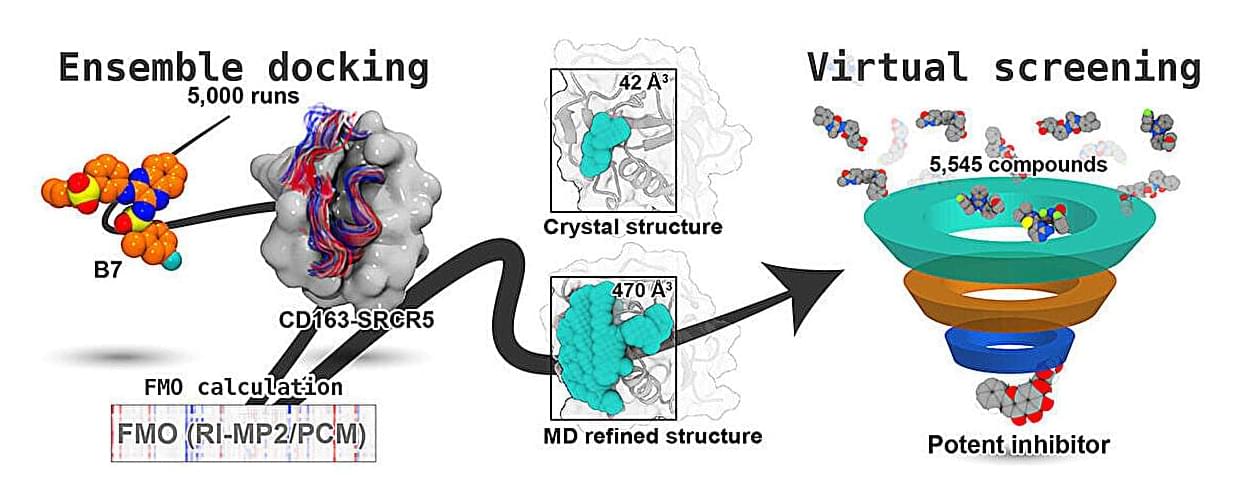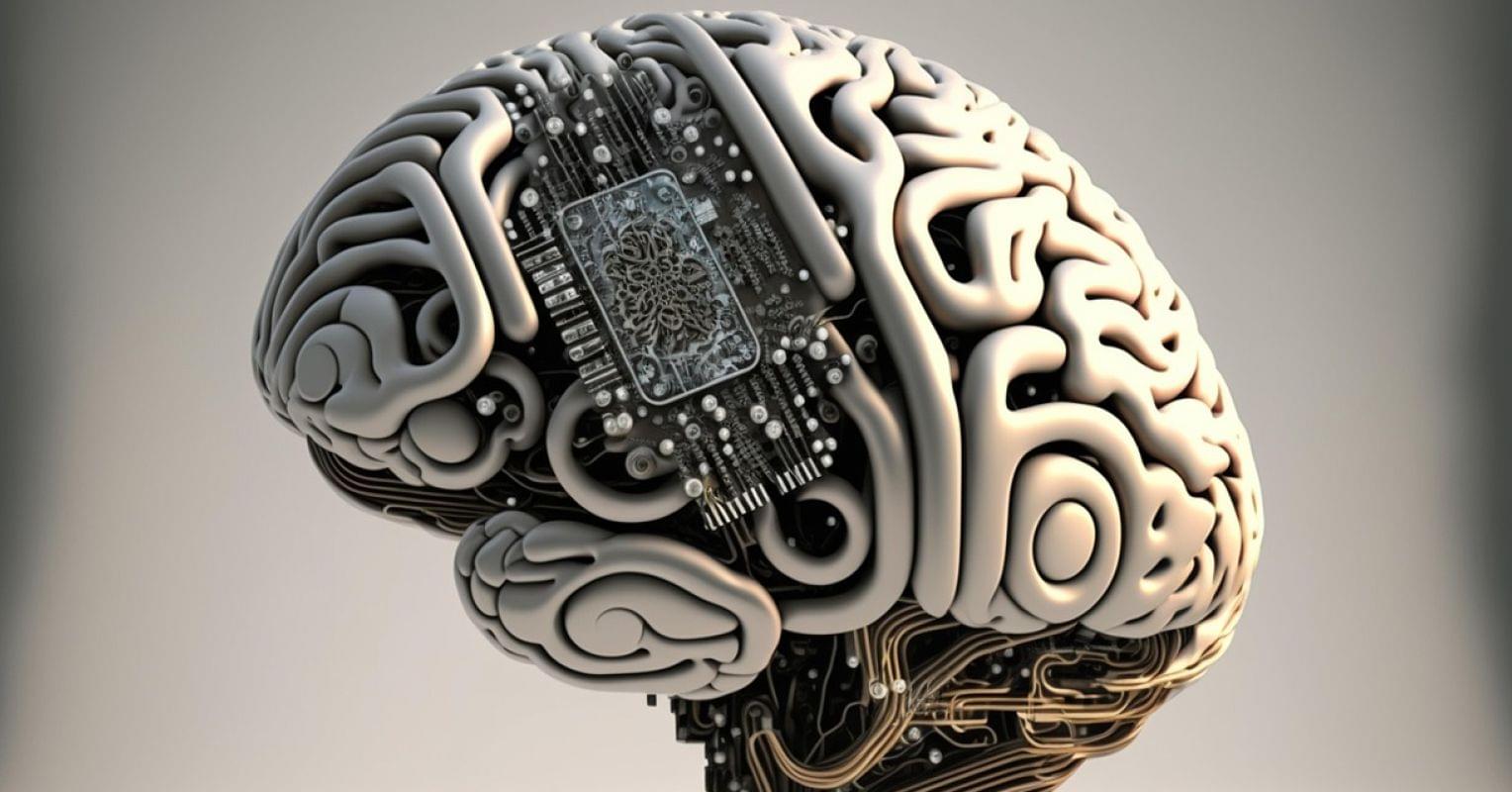The use of electronics in various forms is on the rise, from wearable devices like smartwatches to implantable devices like body-implanted sensors, skin-worn smart patches, and disposable monitoring devices. These devices, which are inevitably discarded after use, contribute to the growing problem of electronic waste (e-waste), a significant environmental concern.
The Korea Institute of Science and Technology (KIST) has announced that a joint research team, led by Dr. Sangho Cho of the Center for Extreme Materials Research and Dr. Yongho Joo of the Center for Functional Composite Materials Research, has developed a polymeric material that offers high-performance data storage while completely degrading within days when immersed in water. The research is published in the journal Angewandte Chemie International Edition.
The material is biocompatible and stable enough for implantation in the human body, and the onset of degradation can be controlled by adjusting the thickness and the composition of the protective layer. Once this protective layer dissolves, the material degrades naturally in water within approximately three days, without leaving any residue.









